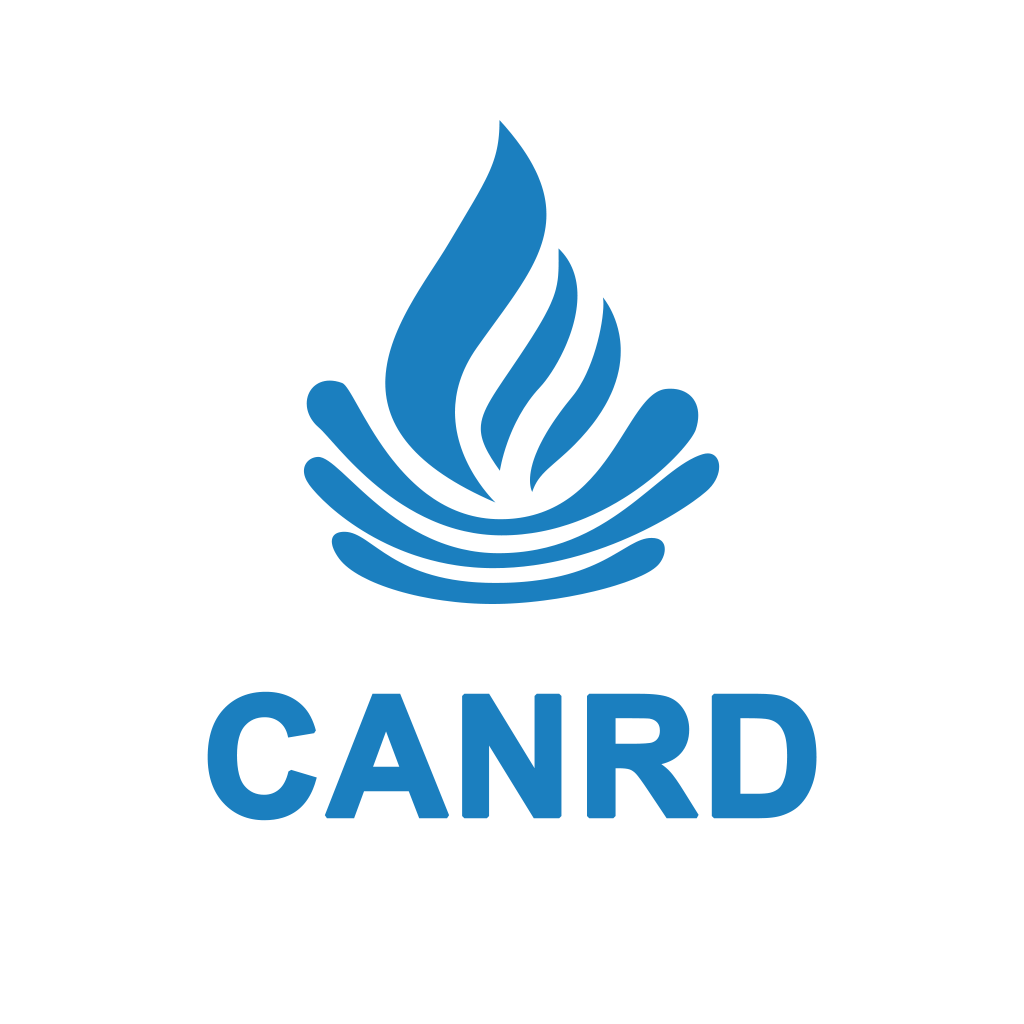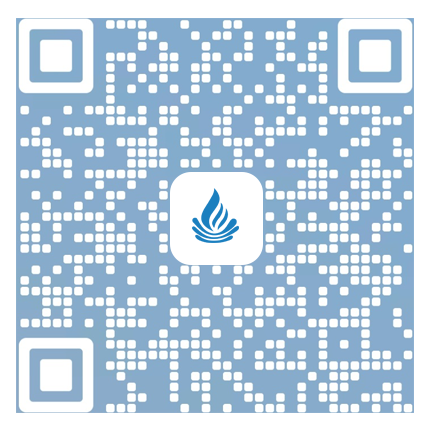Today, let's talk about some coating methods commonly used by universities and scientific research institutions.
Let's first take a look at the most commonly used coating method,blade Coating.

Here is an I-shape blade coater, the thickness is fixed. Of course, there are also blade coater with thickness control on all sides. Using the commonly copper aluminum foil as a current collector, the coating thickness can be selected according to the areal density after the slurryToday, let's talk about some coating methods commonly used by universities and scientific research institutions.
is sifted. The coating weight of the whole slurry is controlled by the solid content of the slurry, the viscosity and the gap of the scraper, that is, the thickness. After coating is completed, put the separator into the blast drying oven for baking.

This is also blade coating, but pay attention to the blade coater, there are two knobs on it, which can adjust the thickness of the scraper, so as to further control the density of the coating surface. It can be adjusted to suit your needs every time, which is somewhat similar to the industrial coating method. Of course, this is manual, and some labs will be equipped with an automatic device that can complete an automatic coating. Essentially, the density of the coating surface is determined by three factors: the solid content of the slurry, the viscosity and the blade gap.

This is a method of wetting, mainly for porous materials such as nickel foam. And it is often necessary to repeat the process of dripping, baking, dripping, and baking again many times. Otherwise, it is difficult for the slurry to completely enter the pores, which affects the coating weight.

This is the rolling sheet, similar to the kneading dough.This method is more suitable for situations where the quantity of materials being studied is very limited. However, the production process is more complicated, and it is necessary to further increase the solid content of the slurry after the slurry is dispersed, and then the so-called rolling can be carried out, and then compounded with the current collector and baked. This is also generally used in half batteries.

The next is a summary of some current collectors, and the copper and aluminum foil are not put here because it has already been talked about earlier. There are still many types of current collectors, which need to be selected according to different material systems and different application requirements. There are two coating methods for perforated foil, one is tablet pressing and the other is blade coating, and blade coating needs to adjust the viscosity of the slurry according to the size of the pore, generally the larger the pore size, the viscosity should also increase.

As mentioned earlier, different current collectors need to be selected according to the material system and application, so here is an example of a supercapacitor. We can see that there are different electrolytes in the superelectricity that are alkaline, acidic and organic. When the electrolyte is different, the current collector needs to be adjusted accordingly, and at the same time, it can be seen from the table that the adhesive and the separator are also different, so when use different materials, we must have an overall consideration, and can't simply adjust a certain material randomly, need to think about whether it will bring other effects. Finally, let's take a look at some common simple questions.

These are some of the common problems, such as wrinkled foils, foreign objects in blade coating, and material dropping. Different causes of abnormalities are different, such as wrinkling, which is often the thin foil and lack of strength, and easy to wrinkle in the experiment. In addition, it is also prone to occur if the current collector is not attached to the glass plate underneath, and it is recommended to adjust the strength of the foil to improve this situation. Foreign matter is often brought by the slurry or accidentally introduced during the experiment. Before coating,need to clean the current collector and scraper, and the slurry should be sieved to ensure that there are no large particles. The third material drop, there are many reasons,such as coating weight problems, formulas and electrode baking. For colleges and universities, it is recommended that the coating weight be low, the formula should be optimized, the drying process should be blower as much as possible, not vacuum drying, and the temperature should not be too high, such as more than 85 degrees. The use of carbon-coated foil can also improve the bonding, and there is no color of the current collector after folding, indicating that the bonding is significantly improved.
For other coating methods, the biggest problems encountered are:
(1) poor infiltration; (2) The coating weight is uneven and uncontrollable; (3) Easy to drop material. On the whole, this coating method is certainly not as good and uniform as the previous scraping effect, but the viscosity of the slurry and the tableting process can be optimized to improve the coating state as much as possible.

